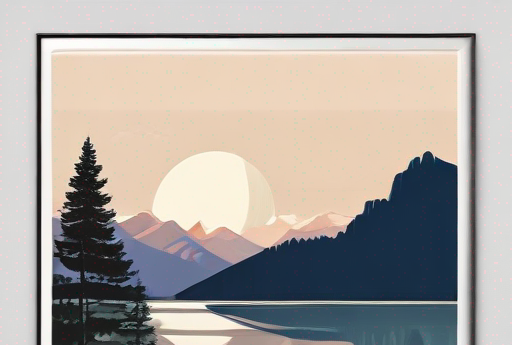ChatGPT Art: Exploring the Creative Possibilities of Generative AI
The intersection of artificial intelligence (AI) and art has long been a topic of fascination. With the advent of ChatGPT, a generative AI model developed by Meta AI, the possibilities for creative expression have expanded exponentially. In this article, we'll delve into the world of ChatGPT art, exploring the boundaries of what is possible when human creativity meets machine learning.
What is ChatGPT Art?
ChatGPT is a conversational AI model trained on a massive dataset of text from the internet. Its primary function is to generate human-like responses to user input, making it an ideal tool for tasks like language translation, writing assistance, and even creative writing. However, its capabilities don't stop there. By leveraging its vast knowledge base and linguistic prowess, ChatGPT can be used to create unique pieces of art that blend the boundaries between human imagination and AI-generated content.
The Creative Process
When it comes to creating ChatGPT art, the process is surprisingly organic. Users can input prompts, which can range from simple phrases to complex narratives, and let the model generate text-based artwork. The resulting creations often exhibit unexpected patterns, shapes, and themes, reflecting the AI's unique perspective on the world.
One of the most intriguing aspects of ChatGPT art is its ability to adapt to user feedback. By iterating through a process of input and refinement, users can guide the AI's creative decisions, leading to an evolving artwork that incorporates human intuition and machine learning. This collaboration between humans and machines has given rise to innovative styles and themes that would be difficult or impossible for either party alone.
Exploring ChatGPT Art
The possibilities for ChatGPT art are vast and varied. From abstract shapes to narrative-driven illustrations, the AI's output can be tailored to suit a range of artistic visions. Here are some examples of the types of creative expressions that can emerge from this innovative fusion:
- Generative Poetry: By inputting prompts like "a futuristic cityscape" or "a whimsical forest," users can generate original poetry that explores themes and imagery inspired by those concepts.
- Algorithmic Art: ChatGPT's ability to create intricate patterns and shapes makes it an ideal tool for generating algorithmic art, which combines mathematical rules with visual design principles.
- Illustrated Storytelling: Users can input narrative prompts like "a character's journey through a mystical realm" or "a futuristic space mission," and let the AI generate illustrated storyboards that bring those tales to life.
- Experimental Typography: ChatGPT's text-based output can be used to create innovative typographic designs, incorporating unusual font styles, sizes, and arrangements.
The Future of Art: A Convergence of Human and Machine Creativity
As we continue to push the boundaries of AI-generated art, it becomes increasingly clear that the intersection of human and machine creativity is where the most exciting innovations will emerge. By embracing ChatGPT's capabilities as a tool for artistic expression, we're not only expanding our understanding of what is possible but also laying the groundwork for future collaborations between humans and machines.
The implications of this fusion are profound, with potential applications spanning industries like entertainment, education, and even healthcare. As AI-generated art continues to evolve, it will be crucial to explore its ethical and societal implications, ensuring that these innovations benefit humanity while respecting the value of human creativity.
Conclusion
ChatGPT art is a testament to the power of generative AI in creative expression. By embracing this technology as a tool for artistic exploration, we're opening ourselves up to new possibilities for self-expression, storytelling, and innovation. As we continue to push the boundaries of what is possible, we'll uncover fresh perspectives on the intersection of human and machine creativity – and that's where the real art begins.
